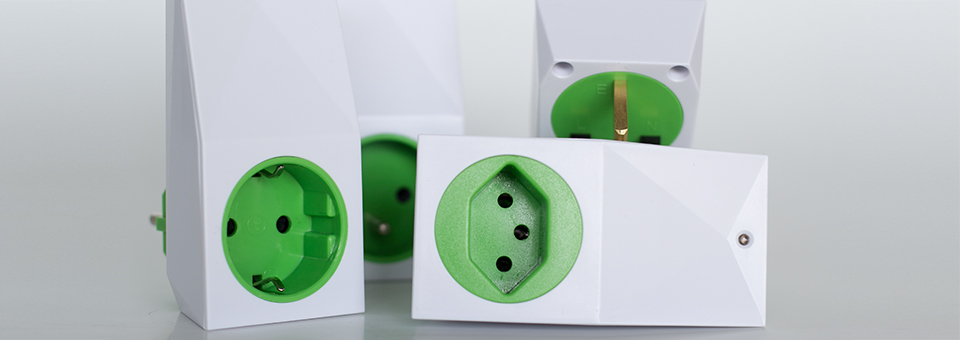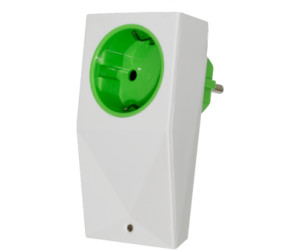

Nevertheless, the main issue for IEEE 802.11 solutions appears in reception, with a current consumption of 95–100 mA, being the reception instant unknown in advance and thus requiring longer time for the reception process. Another challenge is the infeasibility of a small size battery to provide the required peak current, although this limitation can be overcome with the use of supercapacitors allowing the storage of necessary energy to cover power peaks.

For example, Espressif chip ESP32 (evolved ESP8266) requires 190 mA when transmitting at 54 Mbps with a power of 16 dBm. On the other hand, IEEE 802.11 has been used in devices that are powered by the mains supply or by batteries recharged quite frequently, and power consumption still remains a concern for standby, transmission, and reception modes.
#Loxone smart socket Bluetooth
Nevertheless, with mass production the price gap is disappearing, e.g., IEEE 802.11 Espressif chip ESP8266 costs $1, which is cheaper than IEEE 802.15.4 or Bluetooth Low Energy (BLE) solutions. However, IEEE 802.11 technology has not yet been considered for building either home automation solutions or wireless sensor networks due to the high price of the chips and their high power consumption. Widespread IEEE 802.11 is the preferred radio access technology for indoor wireless communications with the highest market penetration, being present in almost all consumer electronics devices with network capabilities (smartphones, tablets, notebooks, etc.). IEEE 802.11 (Wi-Fi)-based Wireless Local Area Networks (WLAN), with more than 9.5 billion devices currently in use around the world, have experienced significant growth in the last decade. As a result, we argue that the IEEE 802.11-based WuR solution will support a wide range of devices and deployments, for both low-rate and low-power communications, as well as high-rate transmissions. Finally, we discuss novel applications beyond the wake-up functionality that IEEE 802.11-enabled WuR devices can offer using a secondary radio, as well as applications that have not yet been considered by IEEE 802.11ba. As a use case consisting of green Wi-Fi application, we provide a proof-of-concept smart plug system implemented by a WuR that is activated remotely using IEEE 802.11 devices, evaluate its monetary and energy savings, and compare it with commercially available smart plug solutions. More specifically, we elaborate on the feasibility of such IEEE 802.11-based WuR solutions, and introduce the latest standardization efforts in this IEEE 802.11-based WuR domain, IEEE 802.11ba, which is a forthcoming IEEE 802.11 amendment, discussing its main features and potential use cases. The high market penetration of IEEE 802.11 technology, together with the benefits that WuR systems can bring to this widespread technology, motivates this article’s focus on IEEE 802.11-based WuR solutions. Wake-up Radio (WuR) systems have appeared as a solution for increasing the energy efficiency of communication technologies by employing a secondary low-power radio interface, which is always in the active state and switches the primary transceiver (used for main data communication) from the energy-saving to the active operation mode.

However, its energy-hungry communication modes are a challenge for the increased battery lifetime of such devices and are an obstacle for its use in battery-constrained devices such as the ones defined by many Internet of Things applications. IEEE 802.11 is one of the most commonly used radio access technologies, being present in almost all handheld devices with networking capabilities.


 0 kommentar(er)
0 kommentar(er)
